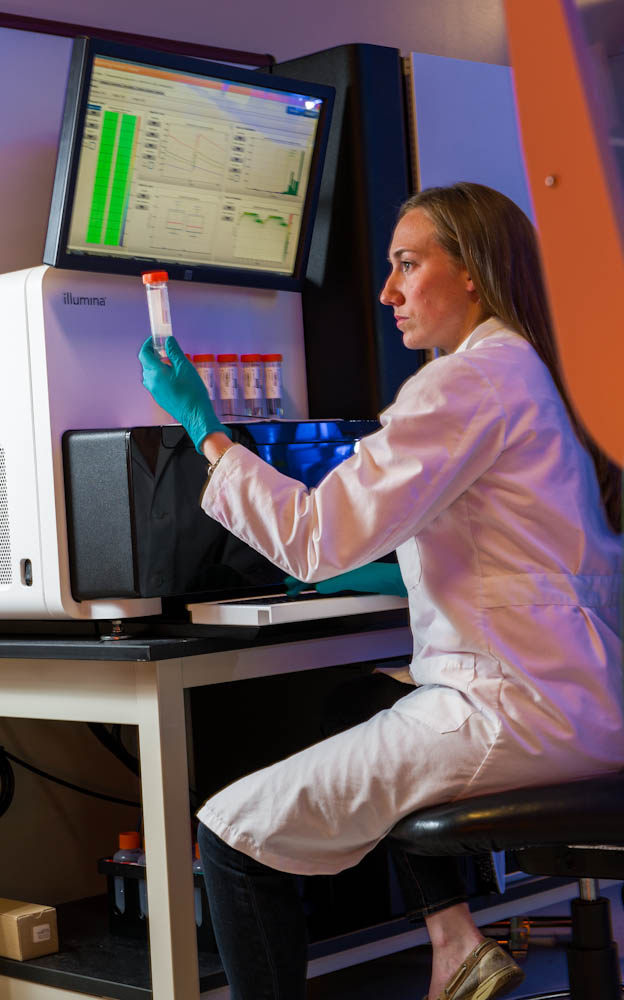If the new era of “targeted” cancer drugs and personalized treatments for patients realizes its promise, the power of genomics will get a lot of the credit. Genomics is one of the most commonly heard terms in cancer research and biotech companies today – but what does it really mean?
What is genomics?
Most people know that genetics is the study of genes and how they affect health and disease, and it’s been said that that cancer is a disease of genes. Today, that’s been amended – cancer is a disease of the genome – the entire complement of human DNA. “Genomics” is the bigger picture; it looks at how combinations of many genes, non-gene DNA, and environmental factors interact to cause disease. The human genome consists of about 20,000 genes (plus a lot of genetic material of unknown function) which carry the DNA code for making proteins and operating the processes of life. The study of genomics really started with the complete deciphering of the human genome in 2003.
How is genomics used in cancer research and treatment?
Normal cells form tumors when they are spurred into endless, runaway growth by changes to the DNA in their genome. Mutations, broken chromosomes, missing or excess DNA segments – these have all been linked to cancer development and how a tumor behaves. Genomic methods can identify patterns of abnormalities that help diagnose a cancer, and these patterns – called tumor profiles – can now be used, in some cases, to select targeted drugs that are likely to be effective against that particular tumor profile.
How is genomics helping advance cancer research?

Genomic scientists at Dana-Farber and elsewhere are probing the causes of cancer by analyzing cancer genomes to map their “landscapes” of alterations compared to normal cells. They are contributing to a large government-funded program, The Cancer Genome Atlas, which aims to catalogue mutations in 20 types of cancer.
In addition, the Joint Center for Precision Medicine, established in 2013 focuses the resources of Dana-Farber/Brigham and Women’s Cancer Center (DF/BWCC), Boston Children’s Hospital and the Broad Institute of MIT and Harvard to speed the development of personalized treatments to control or cure cancer. Profile, a research study underway at Dana-Farber, Brigham & Women’s Hospital and Boston Children’s Hospital, scans the tumor genomes of consenting patients to look for mutations and other changes implicated in cancer, and which, in certain cases, might be used to guide their treatment. More than 8,000 tumor specimens have been profiled and the information stored in a database for researchers to use in cancer studies.
What are some examples of genomics findings?
DNA sequencing – a letter-by-letter reading of the genetic code in a cancer genome – has revealed important mutations in genes such as BRAF, HER2, KRAS, ABL, p53, and scores of others that that drive brain tumors, ovarian cancer, breast cancer, leukemia and lymphoma, and many other cancer types. In some cancers, key mutations can be blocked by precision drugs to shrink tumors or slow their growth: examples are EGFR and ALK mutations in lung cancer, ABL mutations in chronic myeloid leukemia, HER2 mutations in breast cancer, and KIT mutations in gastrointestinal stromal tumors. The search goes on for cancer gene mutations and drugs to target them as personalized cancer care expands its scope.
